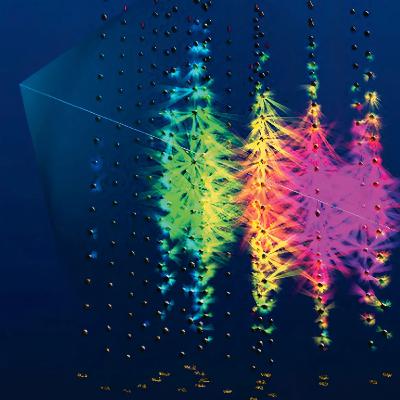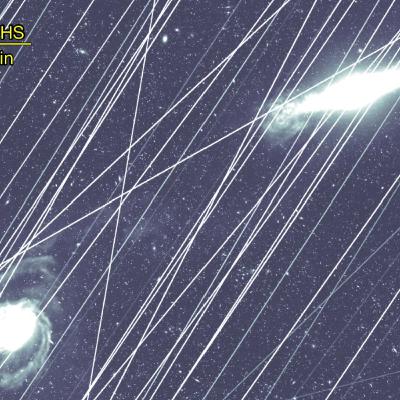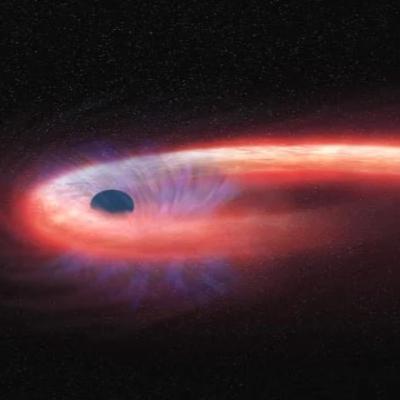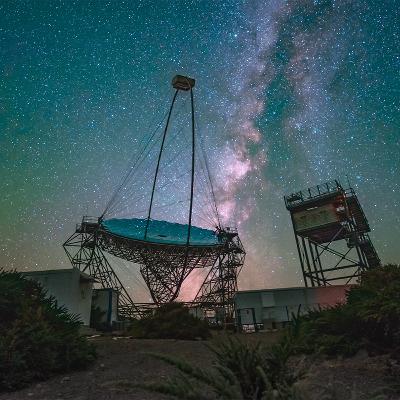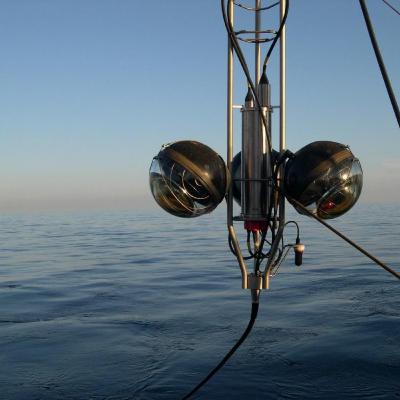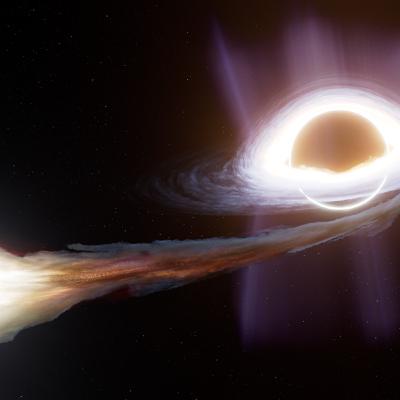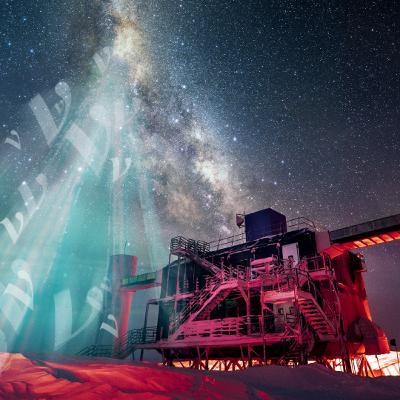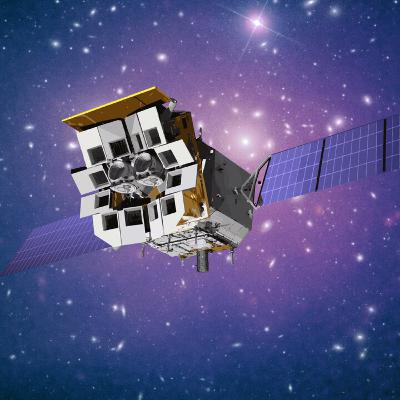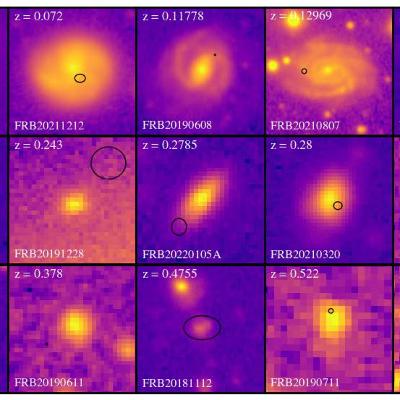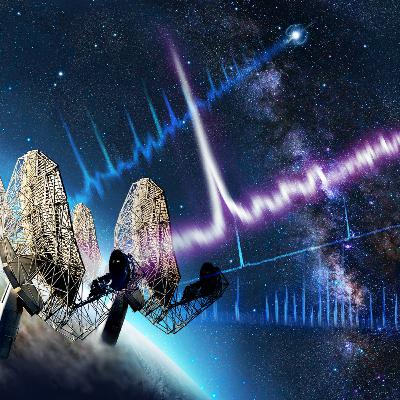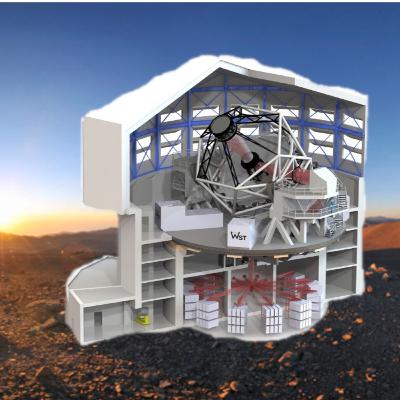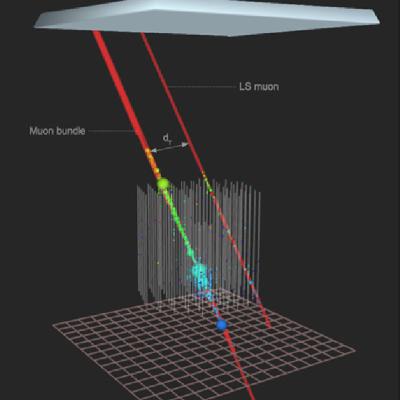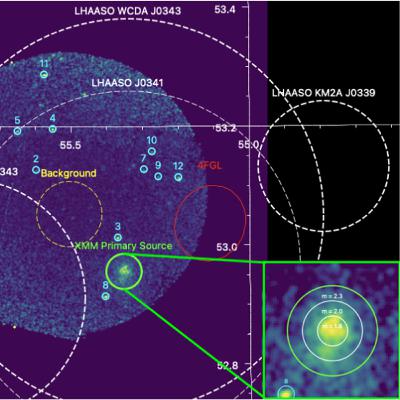Constraining Gamma-Ray Burst Parameters with the first Ultra-High Energy Neutrino Event KM3-230213A
Description
This week, we dive into the cosmic puzzle posed by ultra-high-energy (UHE) neutrinos. The conversation centers on the **KM3-230213A event**, detected by the KM3NeT/ARCA detector, which is the **highest-energy neutrino observed to date**, estimated at $220^{+570}_{-110}$ PeV. This detection marks the first observation of a presumed astrophysical neutrino in the UHE regime.
We explore the longstanding candidates for these UHE neutrinos: **Gamma-Ray Bursts (GRBs)**. GRBs are the most energetic transient events observed and are theorized to produce high-energy neutrinos when their powerful blastwaves interact with the surrounding matter and radiation fields.
The study uses the KM3-230213A event, combined with the non-detections from IceCube and Pierre Auger, to constrain the relevant model parameters of long-duration GRBs (lGRBs).
**Key Takeaways:**
- Researchers investigated two primary models for GRB blastwaves: expanding in a constant density **Interstellar Medium (ISM)** or developing in a **wind-like environment (WIND)** with radially decreasing density.
- The study derived constraints on **baryon loading** ($f_b$), which is the ratio of energy between protons and electrons.
- For the **ISM model**, the baryon loading is constrained, for example, to $f_b \le 392$ at 90% confidence level if the interstellar medium particle density is $1 \text{ cm}^{-3}$. For $3 \text{ cm}^{-3}$, $f_b \le 131$.
- For the **WIND model**, constraints on $f_b$ vary, such as $f_b \le 50$ at 90% confidence for a density parameter $A^* = 0.06$.
- The results demonstrate that a large population of lGRBs evolving in blastwaves **can give rise to the diffuse UHE neutrino flux associated with KM3-230213A**. Furthermore, because GRBs are transient sources, they evade the strong constraints placed on steady neutrino sources (like blazars/AGN) by measurements of the diffuse gamma-ray sky.
**Reference to the Article:**
The findings discussed are based on the paper: **"Constraining gamma-ray burst parameters with the first ultra-high energy neutrino event KM3-230213A"** by The KM3NeT Collaboration. (Preprint reference: 2509.14895v1.pdf).
Acknowledements: Podcast prepared with Google/NotebookLM. Illustration credits: KM3NeT Collaboration

